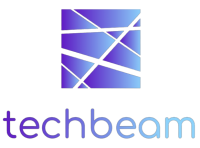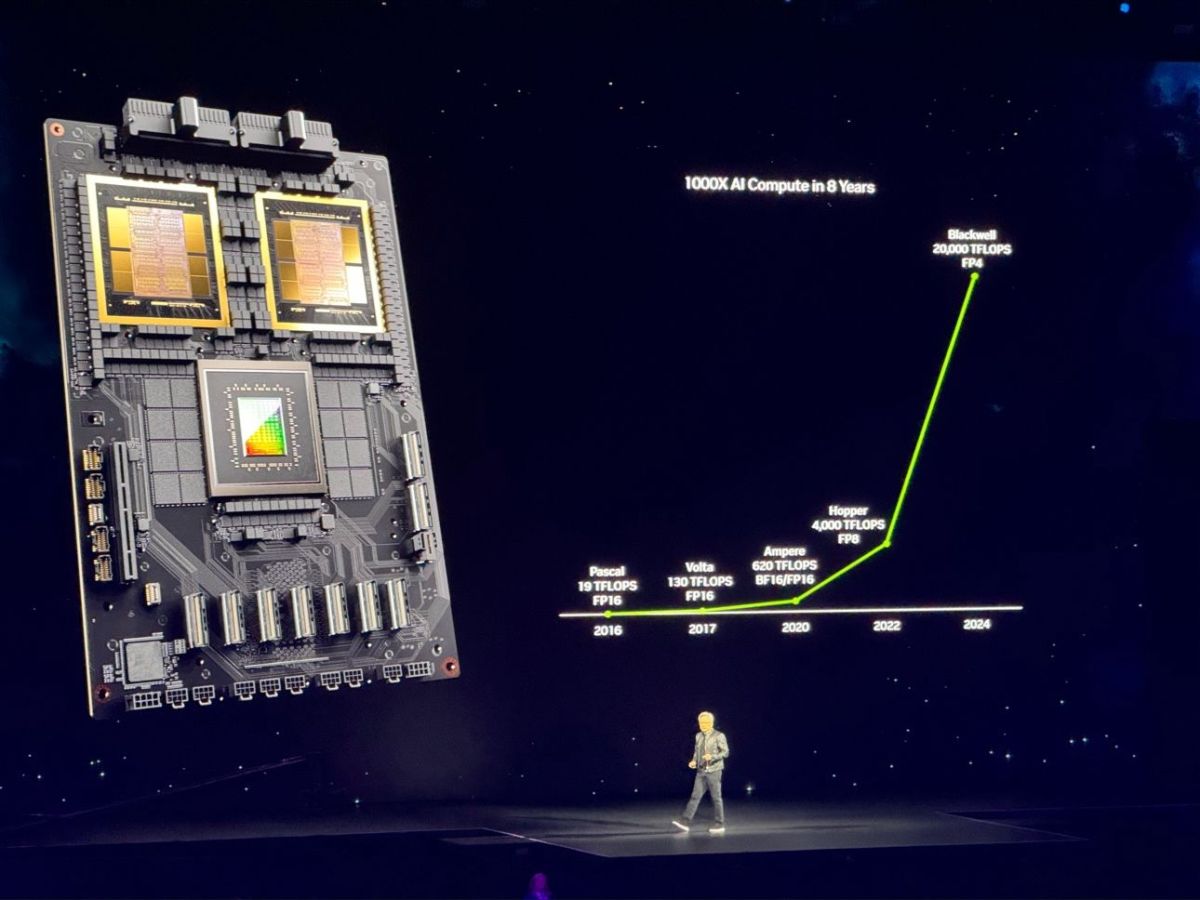ETH Zurich has developed a new transformer architecture that aims to improve the efficiency of language models. This new development focuses on preserving accuracy while simultaneously reducing the size and computational demands of the model.
The transformer architecture has been a crucial component in natural language processing, enabling the development of advanced language models in recent years. However, there have been challenges associated with the size and computational requirements of these models, which can limit their practical applications.
With ETH Zurich’s new transformer architecture, there is potential for significant advancements in the field of natural language processing. By enhancing the efficiency of language models, researchers hope to make these models more accessible and practical for a wide range of applications.
The development of this new architecture could lead to more efficient and effective natural language processing tools, with implications for a variety of industries and applications. By reducing the size and computational demands of language models without sacrificing accuracy, ETH Zurich’s new transformer architecture represents a major breakthrough in the field.
Overall, this development from ETH Zurich holds promise for the continued advancement of natural language processing and the broader field of artificial intelligence. As researchers continue to refine and develop this new architecture, it could have a transformative impact on the way language models are used and applied in real-world settings.

I’m a highly experienced and respected author in the field of cryptocurrency. I have been writing about Bitcoin, Ethereum, Litecoin and other digital currencies for over 5 years which is widely regarded as one of the most knowledgeable and reliable sources of information in this area.








